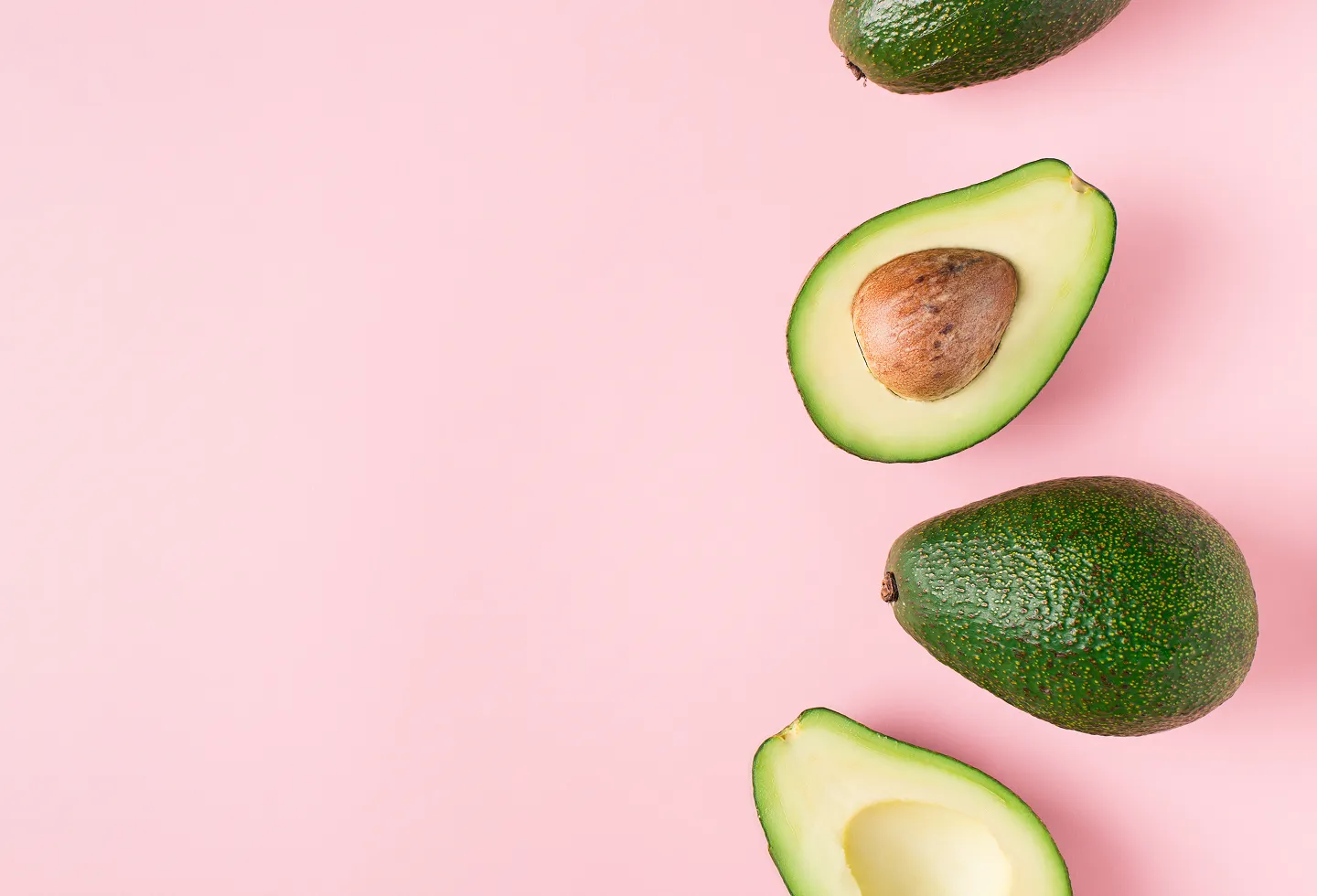
Muscle Mass, Protein & Fiber: Your Strength and Longevity Trio
Clinically reviewed by Liz Miracle, PT, MSPT, WCS.
There’s a growing shift in the wellness world, and it’s more than steps or supplements. More women are tuning into the power of muscle mass, protein, and fiber when it comes to feeling strong, energized, and resilient over time.
And for good reason: these three factors are key to supporting metabolism, mobility, digestion, and pelvic floor health, especially as we move through midlife and beyond.
Yet despite all the buzz, many women still have questions: Why is muscle so important? How much protein do I really need? What does fiber help with?
This article breaks it all down, with practical tips on what to prioritize in your workouts and meals to stay strong, supported, and in sync with your body for the long haul.
Why does muscle mass matter?
When most people think about muscle, they picture athletes or gym workouts but muscle mass is essential for every woman, no matter your age or fitness level.
Muscle is metabolically active tissue, which means it burns calories even at rest. The more muscle you have, the higher your resting metabolic rate, supporting weight stability, blood sugar regulation, and longevity.
It’s also what keeps you strong, mobile, and independent. Everyday activities like climbing stairs, lifting groceries, or getting up from a chair all rely on muscle strength. As we lose muscle over time,especially around and after menopause, these simple tasks can become harder, increasing the risk of falls, injuries, and loss of independence.
Maintaining muscle also supports bone health, which is especially important because we reach peak bone mass by our mid-30s, and from there, it gradually declines. Strength training helps stimulate bones to stay dense and strong, reducing the risk of osteoporosis and fractures.
And it’s all connected: strong glutes, hips, and core muscles take pressure off the pelvic floor, helping to prevent or manage issues like prolapse or incontinence.
How long does it take to build muscle?
With consistent strength training and enough protein, most women start to see noticeable progress within 8-12 weeks, depending on several factors, including your starting fitness level, genetics, age, diet, and training intensity.
Don’t forget to get some rest. Sleep and rest is when your body does most of its muscle repair and growth, so if you're not sleeping well, your training may stall.
What do you need to know about protein and muscles?
If building or maintaining strength is your goal, protein is non-negotiable for gaining muscle mass. It's the material your body uses to repair and build muscle, support hormones, and keep you full and energized throughout the day.
Unfortunately, many women still fall short, especially those navigating hormonal changes. Whether you’re following a diet to gain muscle mass, or aiming to preserve muscle mass through menopause, protein needs to be front and center.
How much protein do we really need?
To maintain or build muscle, aim for about 1.6 grams per kilogram of body weight per day. A good target is around 30 grams of protein for your main meals. It doesn’t have to be perfect every time, but having a goal makes planning easier. Try to spread your intake throughout the day, include a mix of plant and animal sources, and keep a protein-rich snack on hand for when hunger hits between meals.
Need ideas? A high protein diet to gain muscle mass might include:
- 1 cup Greek yogurt + chia seeds (〜25g protein)
- 2 scrambled eggs + 1 oz of cheese + 1 tbsp hempseed +2 slices whole grain toast (〜25g protein)
- 120g chicken breast or 200g tofu + ½ cup cooked quinoa (~30 g protein)
- 1 cup cooked chickpeas + 100g firm tofu + 2 tbsp hemp seeds or pumpkin seeds (28g protein)
This not only helps with muscle repair, but also keeps you full longer, and may reduce cravings later in the day.
And if you’re recovering from an injury, birth, or surgery, adequate protein becomes even more important—especially if you’re doing physical therapy to regain strength and function.
What do you need to know about fiber?
If you’ve ever struggled with bloating or irregularity, you’re not alone. According to Origin’s 2024 Pelvic Health Study, 52% of women ages 18 to 59 report straining to poop within the past year. One potential reason is that many women don’t hit the recommended 25-30g of fiber per day, which can contribute to digestive discomfort and sluggish elimination.
Not only does fiber help prevent constipation (a common trigger for pelvic floor issues), but it also supports satiety and lowers inflammation. If you’re looking for fiber foods for constipation or want to ease digestive symptoms, start with, some fiber-rich favorites:
- Chia seeds
- Lentils and beans (pressure cooked)
- Berries
- Avocados
- Oats and whole grains
- Leafy greens (like sautéed spinach)
These fiber powerhouses also play a role in keeping your gut microbiome happy.
What does a high-protein, high-fiber day look like?
It’s not about perfection. It’s about building meals that fuel your body and support your goals.
Here are some examples to get you started:
- Breakfast: Scrambled eggs with sautéed spinach + whole grain bread + berries (30g protein and 11g fiber)
- Lunch: Quinoa salad with chickpeas, avocado, arugula, and seeds (19g protein and 15g fiber)
- Snack: Greek yogurt with flaxseed, walnuts, and berries (21g protein and 7g fiber)
- Dinner: Grilled salmon with roasted lentils + sautéed kale (43 g protein and 10g fiber)
When paired with regular movement, a high- protein, high- fiber diet can help preserve muscle mass and support long-term health, especially for muscle mass in women during and after menopause.
Don’t forget to move your body
It’s not just about what’s on your plate… it’s also about how you use your body.
Movement is what signals your muscles (and bones) to stay strong. That doesn’t mean you need to lift heavy weights or spend hours at the gym. But it does mean including some form of resistance training, whether that’s using dumbbells, resistance bands, bodyweight exercises, or Pilates. It can help you increase muscle mass, preserve bone density, and feel stronger in your everyday life.
This is especially important during menopause and beyond, when hormonal shifts can accelerate muscle and bone loss. Targeted strength training for menopause is a key strategy to protect your long-term mobility and bone density.
And if you’re in your 50s, 60s, or beyond, it’s not too late. It’s absolutely possible to increase muscle mass after 60 with consistency, proper nutrition, and recovery. Start where you are. Two or three sessions a week are enough to make a difference in strength, posture, and energy. A physical therapist can help you rebuild safely and confidently.
What matters most is consistency over intensity. When combined with protein-rich meals and adequate rest, movement becomes one of the most powerful ways to support your health, today and for decades to come.
Your future self will thank you
Building muscle mass isn't just about looking strong—it's about feeling strong, supported, and confident in your body for decades to come. When you prioritize protein, fiber, and movement, you're not following a trend. You're making an investment in your pelvic health, your mobility, and your independence.
The best time to start building strength and nourishment? Now.
The second-best time? Tomorrow.
Don’t wait for a diagnosis or symptom to take your health seriously. Support your muscles. Prioritize protein. Get your fiber in. And if something feels off, like leaking, pressure, pain, or just a sense that your core isn’t working like it used to, Origin’s pelvic floor therapists can help.
Sources Cited
- Clinic, Cleveland. “How Long Does It Take to Build Muscle?” Cleveland Clinic, 28 Feb. 2025, health.clevelandclinic.org/how-long-does-it-take-to-build-muscle. Accessed 25 June 2025.
- “Food Sources of Dietary Fiber | Dietary Guidelines for Americans.” Dietaryguidelines.gov, 2020, www.dietaryguidelines.gov/resources/2020-2025-dietary-guidelines-online-materials/food-sources-select-nutrients/food-sources-fiber#standardfiber. Accessed 25 June 2025.
- Krieger, Liz. “How Women Can Gain Muscle after 50: Midi’s Definitive Guide.” Joinmidi.com, MIDI, 23 May 2025, www.joinmidi.com/post/how-to-gain-muscle-after-50-female. Accessed 25 June 2025.
- Morton, Robert W, et al. “A Systematic Review, Meta-Analysis and Meta-Regression of the Effect of Protein Supplementation on Resistance Training-Induced Gains in Muscle Mass and Strength in Healthy Adults.” British Journal of Sports Medicine, vol. 52, no. 6, 11 July 2017, pp. 376–384, bjsm.bmj.com/content/52/6/376, https://doi.org/10.1136/bjsports-2017-097608. Accessed 25 June 2025.
- Rawlins, Ashley. “Constipation and Your Pelvic Floor.” Theoriginway.com, The Origin Way, 14 Aug. 2023, www.theoriginway.com/blog/chronic-constipation-pelvic-floor-dysfunction. Accessed 25 June 2025.
- Srikanthan, Preethi, and Arun S. Karlamangla. “Muscle Mass Index as a Predictor of Longevity in Older Adults.” The American Journal of Medicine, vol. 127, no. 6, June 2014, pp. 547–553, https://doi.org/10.1016/j.amjmed.2014.02.007.
- “The 2024 Origin Pelvic Health Study | Origin.” Theoriginway.com, 2024, www.theoriginway.com/2024-pelvic-health-study. Accessed 25 June 2025.




